Science denial is still an issue ahead of COP28
Real Climate
NOVEMBER 29, 2023
It is 33 years now since the IPCC in its first report in 1990 concluded that it is “certain” that greenhouse gas emissions from human activities “will enhance the greenhouse effect, resulting on average in an additional warming of the Earth’s surface.” Ed Hawkins, National Centre for Atmospheric Science. Image: Prof.


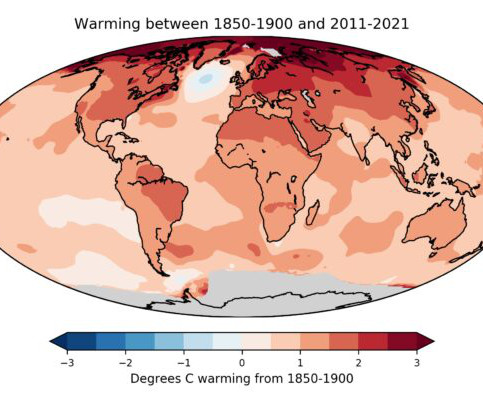
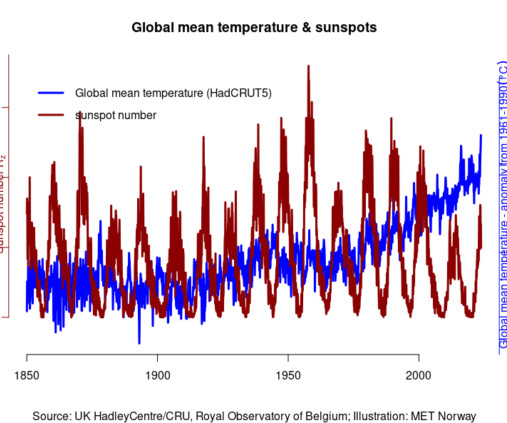
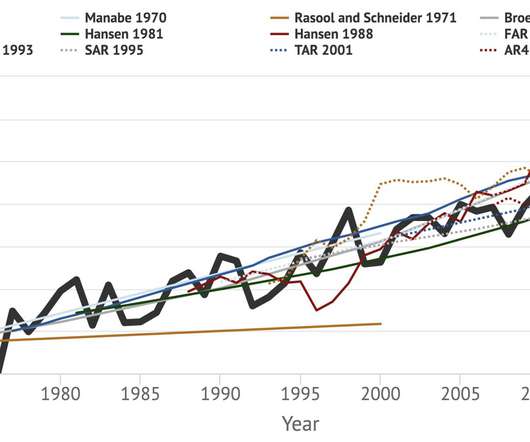
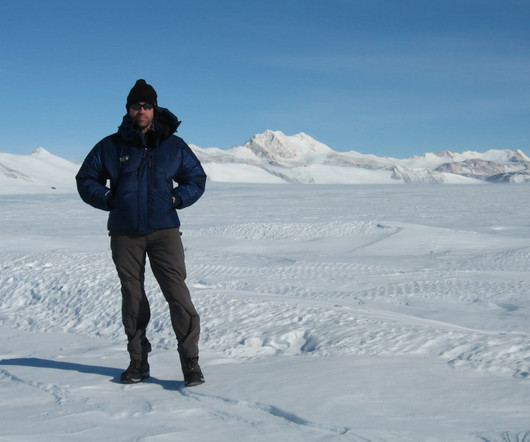
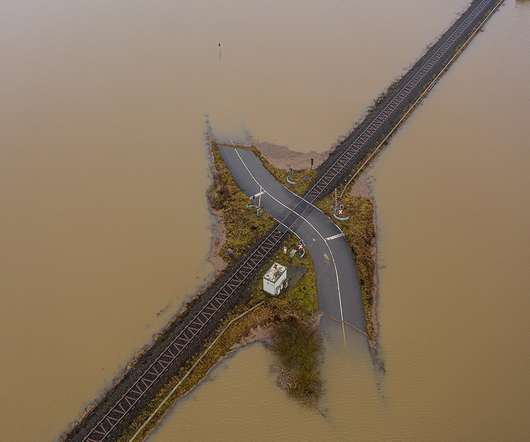
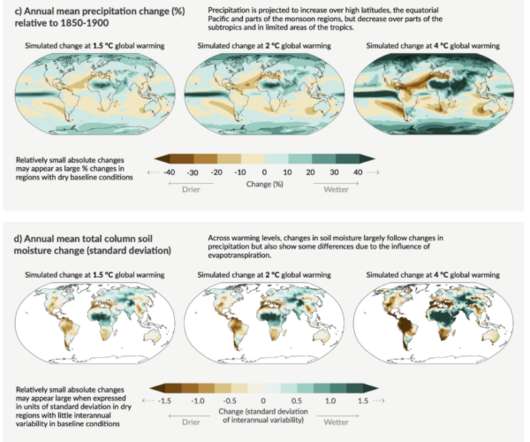
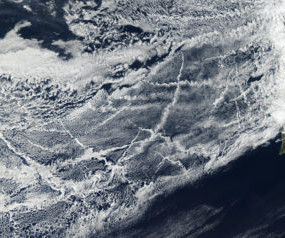
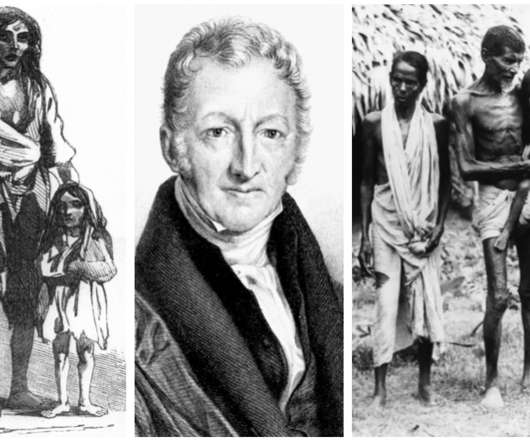






Let's personalize your content